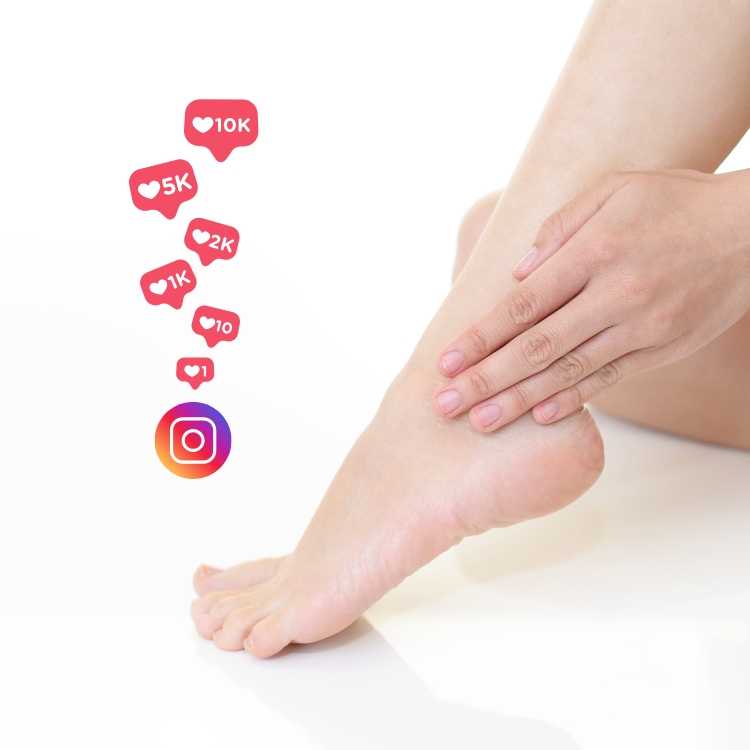Transitioning to solid foods can be an exciting experience for both you and your child. With the right information, you can successfully learn how to introduce solids to babies and get your baby on a new diet without putting their health or safety in jeopardy.
If you are a first-time mom, it can be a challenge knowing the right time to start weaning and what food to introduce first. This step-by-step guide to weaning will help you learn the following:
First-time moms often struggle with when to start their baby on solid food and which foods to introduce first. Most of them get scared when they read about food allergies in babies, making it quite frightening to start weaning. The good news is, we have the answers to these burning questions, so keep reading.
Why You Should Try Baby-Led Weaning
When introducing your child to solids, you can adopt the traditional approach where you start with pureed and mashed foods as you work your way up or baby-led weaning. Baby-led weaning refers to skipping the spoon-feeding of pureed foods to allowing your child to feed themselves on finger foods.
Here are three reasons you should consider baby-led weaning when transitioning your child to solid food.
1. Appetite Control
Baby-led weaning gives your baby more control of their appetite as they can decide when they are full. By listening to their body, babies know when to stop eating, which helps prevent obesity.
2. Less Fussiness about Food
Baby-led weaning introduces your child to food of all textures at once. Your baby becomes accustomed to a variety of foods much earlier, reducing fussiness around new foods. Still, your child will have no problem handling different textures compared to their counterparts, who may find it difficult transitioning from blended and pureed foods.
3. Independence
Since babies have a natural inclination to feed themselves as they are always reaching for food, choosing baby-led weaning allows your child to be confident in their abilities to take care of themselves. It is also a great way to promote development by enhancing hand-eye coordination and finger dexterity.
Signs that Your Baby is Ready for Solid Foods
It is crucial to wean your baby only when they are developmentally ready to handle solid foods. Usually, babies become fit for weaning at six months, making it the ideal time for weaning. To help you know when to introduce solids to babies, look out for the following signs:
(i) Baby Can Sit Upright Without Support
The ability to sit and keep the head upright without support is proof of neck and head control. You can introduce solids at this point as your child can easily swallow food without choking.
(ii) Interest in Your Meals
Your child showing interest in your food is the perfect sign for you to start weaning them. If your child reaches for your food, they are more likely to be receptive to new foods.
(iii) Readiness to Chew
When your baby is able and ready to chew, they tend to make the chewing movements. You can start introducing solids at this point as it means they can adequately handle soft food.
(iv) Ability to Hold Things between Finger and Thumb
For baby-led weaning, your child should be able to hold their food and feed themselves. Once you notice that your baby is grasping items with their finger and thumb, then it means they are ready for weaning.
(v) No Tongue-Thrust Reflex
Also known as the extrusion effect, the tongue-thrust reflex occurs when the baby automatically pushes out the tongue when you touch their lips. While it helps with breast and bottle feeding, it doesn’t work for solids as the baby will push food out of their mouth. Once the tongue-thrust reflex goes away, it is time to introduce solid foods.
While every child is different, it is not advisable to introduce your child to solids before four months due to the high risk of food allergies. The tongue-thrust reflex also makes it difficult to eat, while the poor control of neck and throat muscles increases the risk of gagging or choking.
On the other hand, waiting too long will make it difficult for the baby to be receptive to new food. If your baby can’t eat solids by the 7th month, you should consider speaking to a doctor or children specialist.
What Foods Should You Introduce to Your Baby First
Your choice of baby’s first food is a foundation for their health and eating habits. As such, you need to ensure that you choose the right foods to start your baby on solids. The following are the best food to introduce first during baby-led weaning.
1. Soft Fruits
Soft fruits are the best foods to start baby-led weaning. Consider giving your child bananas, avocados, mangoes, cooked pears or apples, peaches, and pears. You can decide to serve them as finger food or in pureed form.
2. Vegetables
The best vegetables for your baby’s first food include broccoli, carrots, butternut, and pumpkins. Potatoes, sweet potatoes, and yams are also great vegetables for babies. Ensure that you cook the vegetables until soft before serving them as mashed, pureed, or finger foods.
3. Pureed Meats, Fish and Poultry
Meat, poultry, and fish provide the protein, fats, and iron that your child needs to develop. To prepare, remove the skin and bones on the meat and mix it with water. Boil the meat until it is soft enough to be mashed with the gums.
4. Cereals
Begin with a tablespoon of cereal in formula or breast milk and increase the quantity gradually. Instead of using a bottle, use a plastic spoon to feed your baby cereals.
5. Toast Sticks
Toast sticks are among the best food for baby-led weaning. Cut the toast into small strips and avoid toasting them for too long to prevent too much dryness. You can smear it with butter, olive oil, or hummus before giving your baby to eat.
6. Cooked Legumes
You can transition your baby to solid food by feeding them cooked legumes like beans and peas. Ensure you mash them as they can be a choking hazard when whole.
7. Cooked Eggs
While eggs may sometimes come with allergies, well-cooked eggs are great as your baby’s first solid food. You can decide to boil the eggs, scramble them or make them as omelets.
In fact, ACAAI says that only 2 percent of babies are allergic to eggs. Interestingly, 70 percent of babies outgrow their allergic reactions to eggs by six years according to Food Allergy Research and Education.
8. Grains
Cooked rice, pasta, and oats are excellent sources of iron and are great for baby-led weaning. Just like cereals, mixing mashed grain with formula, water or breast milk can make it easy for your baby to swallow.
9. Hard Cheese
While it is not advisable to feed your child dairy milk, you can transition your baby to solids by offering them hard cheese. Soft cheese like brie and camembert may carry bacteria known as listeria, which causes food poisoning.
Always ensure that all food is well-cooked as babies are more vulnerable to some bacteria and are at a higher risk of food poisoning.
Foods to Avoid in the First Year of Weaning
Avoid giving your baby the following food during the first year of weaning.
- Honey
Honey has clostridium bacteria that put your baby at risk of infant botulism. It is, therefore, not suitable for babies in the first year of weaning.
- Salt and Sugar
Your child’s kidneys are not yet able to process salt at a young age and only require less than 0.4g of sodium per day. Also, sugar has empty calories and puts your baby at risk of tooth decay. Instead, use stewed or mashed fruit to sweeten your baby’s food.
- Some Types of Fish
Fish like marlin, shark, and swordfish have high mercury content, which is unhealthy for your baby. You should, therefore, avoid them when choosing the fish to feed your child.
- Choking Hazards
Foods such as whole nuts, meat and fish with small bones, apples with skins, and grapes are choking hazards and can threaten your baby’s safety.
- Dairy Milk
Children under one year can’t digest a cow’s milk well. What’s more, it doesn’t have specific nutrients that your baby needs. As such, you should avoid giving it to your baby either alone or a replacement of breast milk. You can, however, feed your child yogurt.
- Caffeine
Baby’s nervous systems are underdeveloped to handle the caffeine found in tea, coffee, and fizzy drinks. Therefore, you should avoid them when weaning.
Steps to Starting Your Baby on Solids
If your baby is ready for solid food and you don’t know how to go about it, here are tips on how to start baby-led weaning.
Conclusion
It is advisable to involve your child in family mealtimes and introduce a variety of foods at once. If you have a family history of food allergies, ensure you talk to a doctor before starting your baby on solid food. Don’t stop breastfeeding your baby when weaning, as they still require the nourishment of breast milk. What do you about this step-by-step guide to weaning? If you have any suggestions, comments, or complaints, do not hesitate to contact us.
Sources: Caring for Kids, Feeding Your Baby in the First Year, Jan 2020, NHS UK, Foods to Avoid Giving Babies And Young Children, Nov 2018, PubMed, How Feasible Is Baby-Led Weaning as an Approach to Infant Feeding? A Review of the Evidence, Nov 2012, PubMed, Vegetable and Fruit Acceptance during Infancy: Impact of Ontogeny, Genetics, and Early Experiences, Jan 2016 and Centers for Disease Control and Prevention (CDC), When, What, and How to Introduce Solid Foods, Dec 2020.
Elisha Philip











